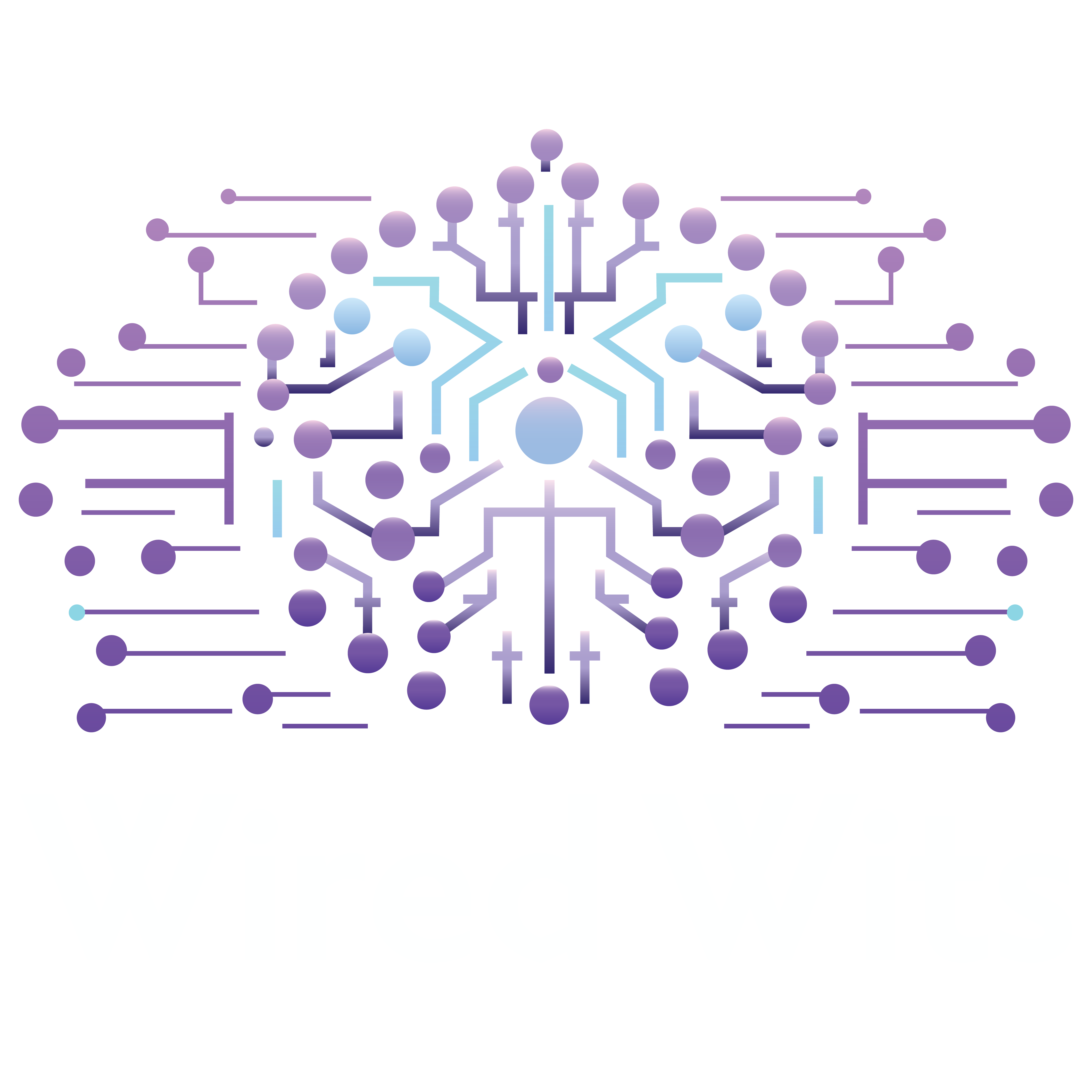Artificial intelligence (AI) is increasingly prevalent in our daily lives. However, its rapid growth has also led to numerous misconceptions. This article aims to dispel some of the most common AI misconceptions. Join us as we explore the Wired Wits Beginner’s guide to AI.
AI and Job Displacement: A Nuanced Perspective
In our Beginner’s Guide to AI, we start with the common AI misconception that it will lead to widespread job losses soon. While AI will automate certain tasks, the impact on jobs is likely to be gradual. In the short term, AI is expected to augment human capabilities. It will also create new job opportunities in AI development and data analysis.
However, as AI advances, particularly with the potential development of Artificial General Intelligence (AGI), the long-term effects on employment remain debatable. In a future article, we will explore the possible outcomes of AI innovation and its implications for the job market and other aspects of life.
AI Misconceptions: Consciousness, Separating Fact from Fiction
Next in line for AI misconceptions is AI consciousness. Despite depictions in popular media, current AI systems do not possess human-like consciousness, emotions, or self-awareness. AI models, including Large Language Models (LLMs), process data and follow algorithms or instructions. However, they do not have subjective experiences or consciousness like humans do.
Vast amounts of text data train LLMs, AI systems that generate human-like responses to prompts. Sometimes, these responses appear emotionally intelligent or self-aware, but the instructions and data provided to the model produce this effect, not genuine sentience or understanding.
For example, someone might give an LLM a prompt with instructions to respond emotionally to a specific situation.
It is crucial to distinguish between the impressive language abilities of AI models and the deeper, more complex nature of human consciousness. While AI can mimic certain aspects of human behavior, it lacks the rich inner lives, desires, and genuine understanding that characterize human experience.
As a result, as AI continues to advance, it is essential to approach claims of AI consciousness with a critical eye. We must separate fact from fiction. By understanding the underlying mechanisms of AI models and the limitations of their abilities, we can develop a more accurate and nuanced perspective on the nature of AI and its relationship to human consciousness. Next in the Beginner’s Guide to AI, we will explore bias in AI systems.
Addressing AI Misconceptions: Bias in AI Systems
Biased data can inadvertently train AI models, leading them to learn and perpetuate these biases in their outputs. This creates a perception of bias within the AI itself.
For example, training an AI model on historical hiring data containing gender biases, like a higher proportion of male candidates hired for technical roles, might cause the model to associate male candidates with technical competence.
Facial recognition systems are often trained on datasets with unequal representation of different ethnicities. This can cause the systems to struggle in accurately identifying individuals from underrepresented groups. As a result, these systems may have higher error rates. When used in real-world applications like law enforcement or surveillance, this can lead to potential discrimination.
To mitigate these issues, researchers are actively working on algorithmic fairness, bias reduction techniques, and ethical AI frameworks. These efforts include diverse and representative training data collection, implementing fairness constraints in model training, and regularly auditing AI systems for potential biases.
By acknowledging the role of training data in AI bias and actively working to address these issues, we can develop more equitable and trustworthy AI systems. This avoids perpetuating societal biases and discrimination.
Beginner’s Guide to AI and Existential Risk: Balancing Potential and Safeguards
The idea of AI posing an immediate existential threat to humanity is often exaggerated. However, it’s crucial to develop comprehensive regulations, ethical guidelines, and safety measures as AI advances. Global collaboration is essential to establish consistent laws and safeguards. This prevents malicious actors from exploiting gaps or AI systems from behaving in harmful ways.
The greatest concern may lie in how humans choose to use AI. Like social media and deepfakes, AI has the potential for both good and harm. As AI becomes more sophisticated, the risks of misuse grow. This could lead to far-reaching consequences.
To address these concerns, we must foster a culture of responsible innovation. This should be guided by ethical principles, transparency, and accountability. Collaboration between policymakers, researchers, industry leaders, and the public is key to ensuring AI benefits society as a whole.
By proactively addressing challenges and establishing robust safeguards, we can harness AI’s potential while minimizing the risks of misuse and unintended consequences.
AI Misconceptions: Accessibility and Complexity
Contrary to the belief that AI is too complex for the average person, AI tools and resources are becoming increasingly democratized. User-friendly interfaces, like AutoML, and pre-trained models enable individuals with diverse skill levels to harness the power of AI for various applications.
Given that, Wired Wits is an excellent resource for anyone looking to learn about and demystify AI. Our articles cover a wide range of topics, from understanding the basics of AI to incorporating it into your business. Be sure to check out our Demystify AI category for in-depth insights and practical advice. Finally, you can also read our articles on how AI is changing entrepreneurship using the AI Tools tag. Between these resources and this Beginner’s Guide to AI, you will be well prepared to stay on top of the latest in AI news.
We are also excited to announce the launch of our first two AI-based tools in the coming weeks. These tools will revolutionize the way you interact with news, providing enhanced understanding and insights tailored to your interests. Stay tuned for more information on these game-changing tools!
As AI continues to evolve, resources like Wired Wits and innovative tools will play a crucial role in making this powerful technology accessible to a broader audience.
Beginner’s Guide to AI Diversity and Specialization
Contrary to the belief that AI is a monolithic entity with universal capabilities, AI encompasses a wide range of diverse and specialized subfields. Each area, such as machine learning, computer vision, and natural language processing, has its own unique strengths, limitations, and applications.
One common misconception is that all AI systems are created equal and can be applied to any problem. Understanding the diversity within the AI ecosystem is crucial for selecting the most appropriate tools and approaches for specific challenges. For example, machine learning excels at pattern recognition and prediction. Natural language processing is better suited for tasks involving human language understanding and generation.
Consequently, Wired Wits aims to help readers navigate the complex landscape of AI. We provide clear explanations and practical examples of how different AI technologies can be applied to real-world problems. Our articles delve into the nuances of various AI subfields. This enables readers to make informed decisions when incorporating AI into their projects or businesses.
By recognizing the diversity and specialization within AI, we can develop a more accurate understanding of its capabilities and limitations. This ultimately leads to more effective and targeted applications of this transformative technology.
Addressing AI Misconceptions
Tackling AI misconceptions requires ongoing education, public engagement, and responsible innovation practices. Thus, by fostering open dialogue, promoting AI literacy, and ensuring inclusive participation in AI development, we can harness the full potential of this transformative technology. At the same time, we can mitigate risks and unintended consequences. Join Wired Wits on this journey. The more you know and are comfortable with AI, the more likely you are to become a creator or producer of AI and not just a consumer. Lastly, check back from time to time for updates to Wired Wits Beginner’s Guide to AI. As AI evolves we will help you unpack it and adapt with it.
Conclusion

In concluding our Beginner’s Guide to AI, as AI advances, we must approach it with curiosity and critical thinking. A commitment to responsible development is crucial. We should dispel common AI misconceptions. It’s important to promote a balanced understanding of AI’s capabilities and limitations. By doing so, we can effectively leverage AI to solve complex problems. We can augment human intelligence and drive positive change in society. Don’t forget to follow us on X (Twitter) @WiredWits. Finally, join us in the comments or on our sub-Reddit r/WiredWits to continue the discussion.

